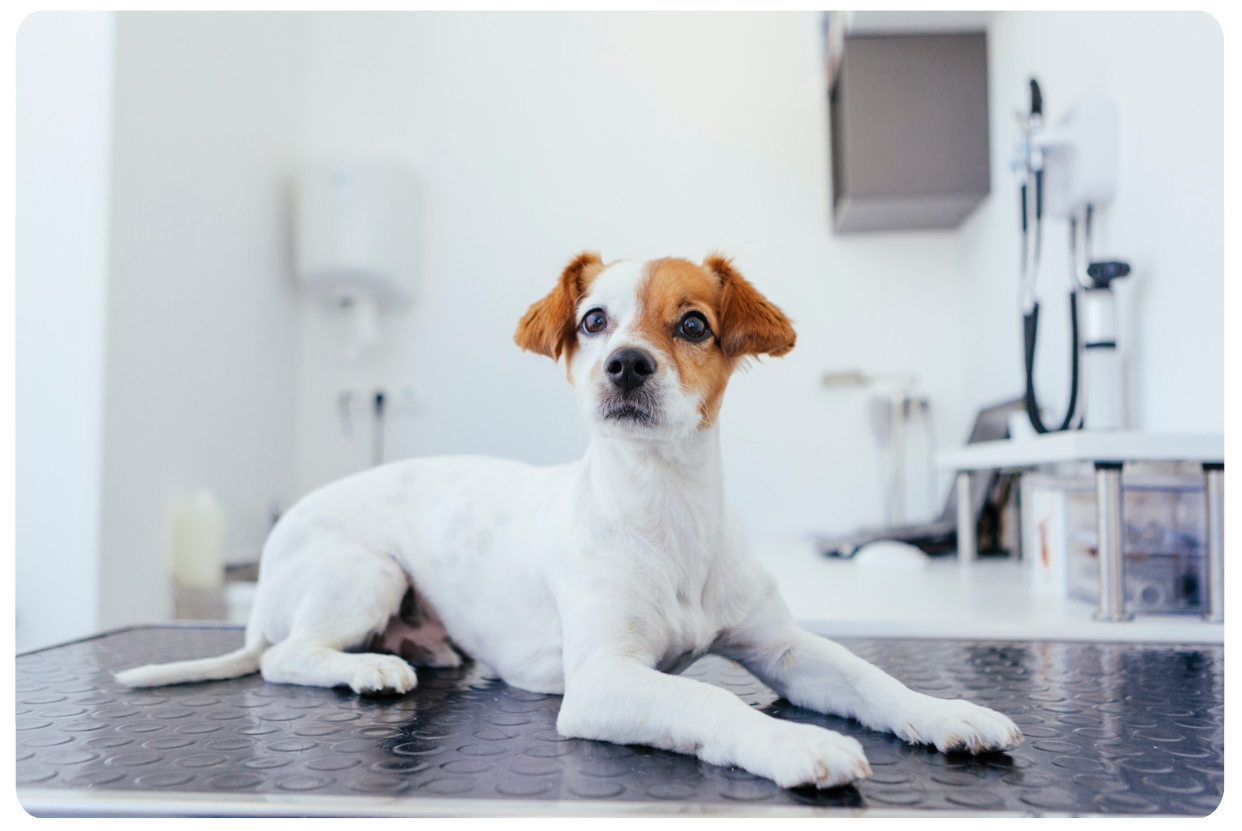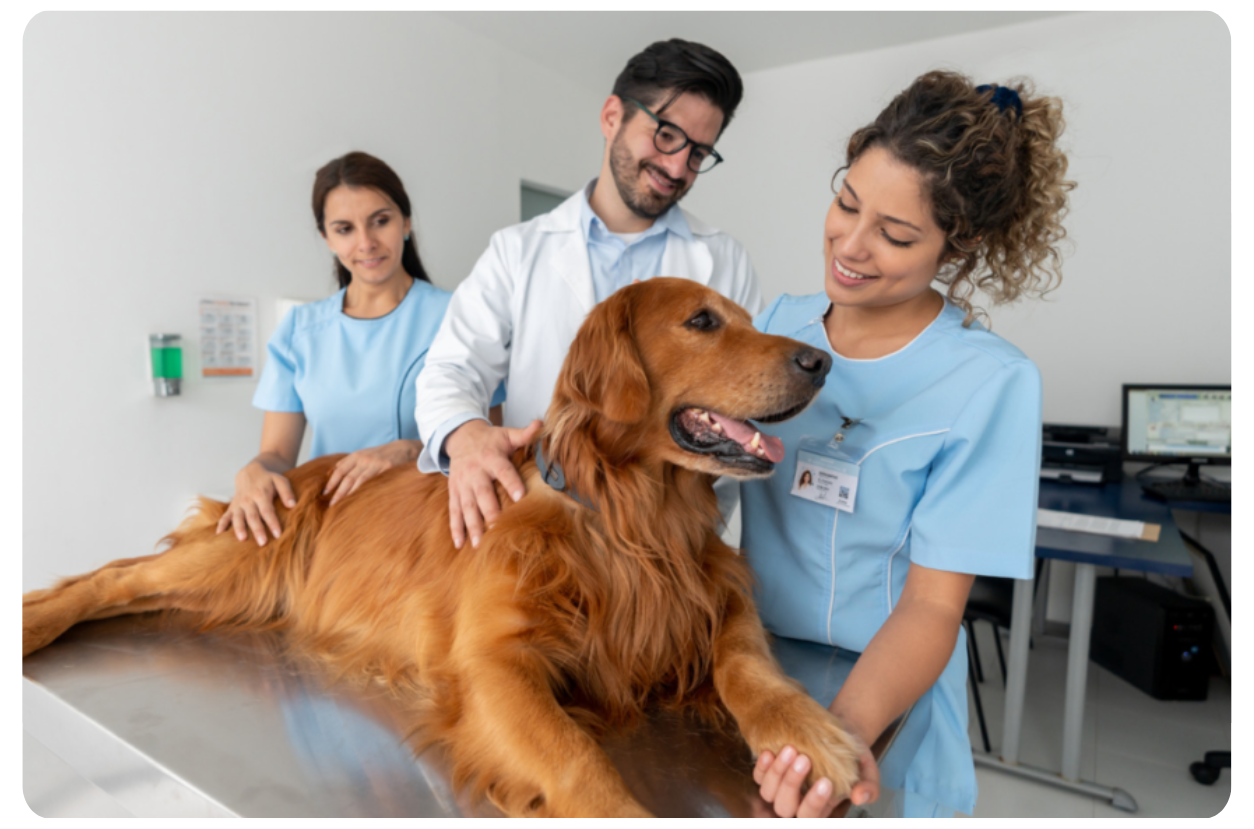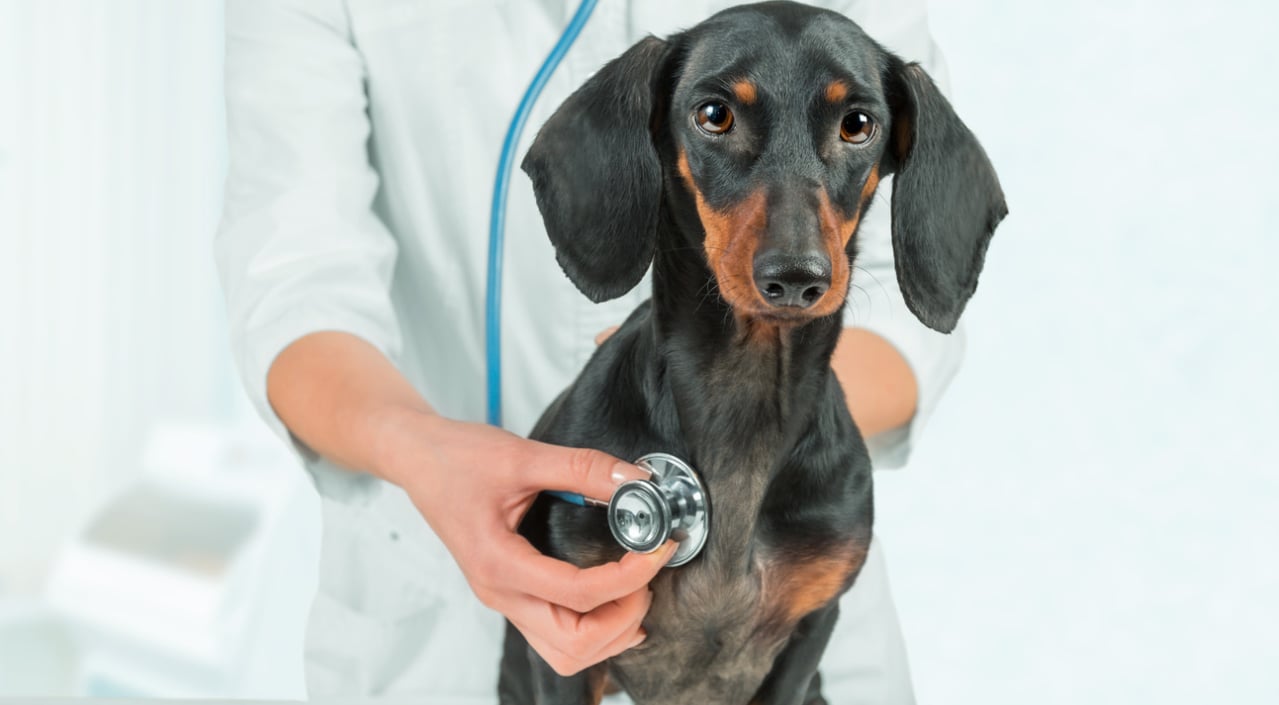Yes,
[slide-anything id="14731"]
🏷️ New Client Offer: $25 Off First Exam
Limited Time Offer: Get $25 Off Your First Visit!
[slide-anything id="14731"]
🏷️ New Client Offer: $25 Off First Exam


 13161 Black Mountain Rd #1,
13161 Black Mountain Rd #1,
San Diego, CA 92129
 Monday - Friday
Monday - Friday
7:30am – 5:30pm
Saturday & SundayClosed

Get in touch with a veterinary expert and schedule a visit today.
🔥 New Clients Only · Offer Ends Soon 9:59



Dr. Render is the founder of Render HeartCare, a mobile cardiology service based in San Diego. He earned his veterinary degree from Cornell University and completed advanced training in internal medicine and cardiology through internships and a residency at MedVet Columbus. His clinical interests include congenital heart defects and cardiac tumor evaluations.
When he’s not caring for pets, Dr. Render enjoys sports, cooking shows, and comedies.

Meet Dr. Cocker, a board-certified small animal internal medicine specialist based in San Diego. After earning her veterinary degree from Oklahoma State University, she completed advanced training in internal medicine and critical care across Texas before returning to California for her residency. She has a special interest in gastrointestinal and liver disease and contributed to Ettinger’s textbook on internal medicine. Outside of work, Dr. Cocker enjoys traveling and spending time with her husband and child.




